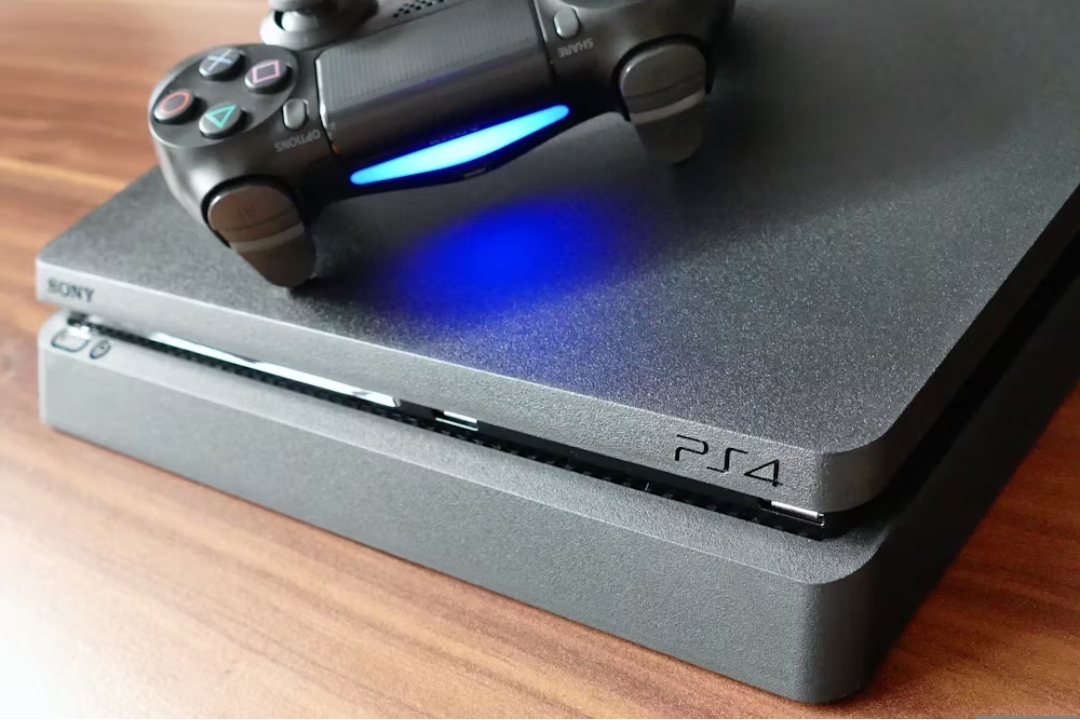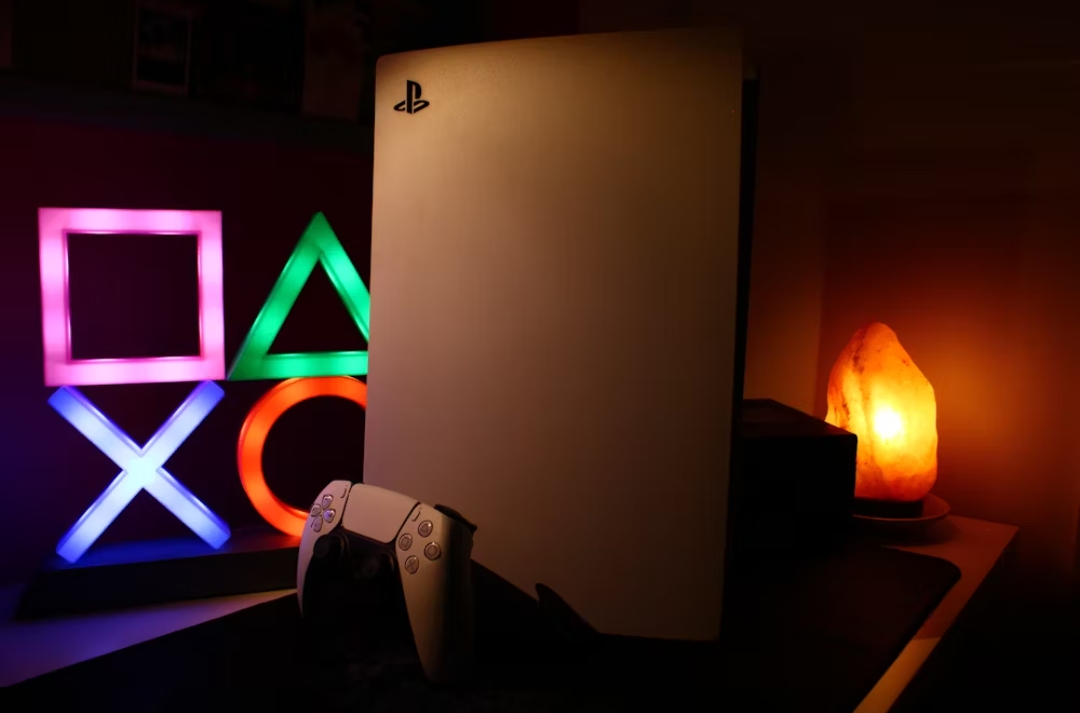How to Fix a PS4 With Corrupted Data [ Complete Guide]

Corrupted data on your PS4 can be a real game-breaker, causing games to fail, applications to glitch, and error messages to pop up unexpectedly. If you’ve encountered these issues, it’s frustrating, but you’re not alone. Many PS4 users face data corruption, often without knowing what’s causing it or how to fix it. In this guide, we’ll walk through the symptoms, causes, and step-by-step methods to get your PS4 running smoothly again. Whether it’s rebuilding your database, reinstalling games, or performing a full system reset, this article will cover everything you need.
Understanding Corrupted Data on PS4
Before diving into solutions, it’s helpful to understand what “corrupted data” really means. Corrupted data occurs when a file—be it a game, system file, or application—gets damaged in a way that makes it unreadable by your PS4. This can happen due to software glitches, hardware problems, or sudden interruptions, like power cuts, during important processes. Identifying the signs of data corruption will help you address it more effectively.
Common Causes of Data Corruption on PS4
1. Power Outages
One of the most common causes of data corruption on the PS4 is a sudden loss of power. If your PS4 loses power while saving a game or updating software, it can interrupt crucial processes, leading to corrupted files. It’s similar to unplugging a computer mid-update, which can lead to serious problems.
2. System Software Issues
Sometimes, the PS4’s own software can be the culprit. Bugs and glitches in the system software may interfere with how data is saved or read, resulting in corrupted files. Occasionally, updates intended to fix bugs can inadvertently introduce new issues.
3. Faulty Hard Drives
A faulty or failing hard drive can make data corruption inevitable. Hard drives, especially older ones, can develop bad sectors, making certain parts of the drive unreadable. When the PS4 tries to access data stored on a bad sector, corruption can occur, causing a cascade of issues.
Signs of a Corrupted PS4
1. Games Failing to Launch
One of the clearest signs of corrupted data is when a game refuses to load or crashes shortly after launching. You might see error messages, experience freezing screens, or notice a longer-than-usual loading time.
2. Error Messages
A corrupted PS4 may also throw specific error codes, such as CE-34878-0 or NP-32062-3, indicating data-related issues. If you see these codes, they often point to corrupted files within a game or app, and it’s a signal to start troubleshooting.
Preparing to Fix Corrupted Data
Before beginning the repair process, it’s essential to prepare your PS4 and safeguard your data to avoid additional problems.
- Backing Up Important Data
Backing up your saved data to an external drive or the cloud can prevent any loss of valuable files during the repair process. Make sure to back up all the games, settings, and saved data you want to keep before proceeding.
- Freeing Up Storage Space
Data corruption can sometimes be aggravated by a lack of storage. Having at least 10-15% of your storage free gives your PS4 the breathing room it needs to function efficiently. Free up some space by deleting unused games or media files before proceeding.
Methods to Fix Corrupted Data on PS4
1. Rebuild Database Option
The “Rebuild Database” feature can refresh your PS4’s hard drive, organizing files and cleaning up any damaged data. This process does not delete any of your data but may take a while, depending on your storage size.
2. Entering Safe Mode
To rebuild the database, you’ll need to access Safe Mode. First, turn off your PS4 completely, then hold down the power button until you hear two beeps. Connect your controller with a USB cable, select “Rebuild Database,” and let the process complete.
3. Initialize PS4
If rebuilding the database doesn’t solve the issue, initializing your PS4 could be the next option. This will wipe all data and settings, restoring the system to its factory state. Be sure to back up important files before proceeding.
- Difference Between Quick and Full Initialization
A quick initialization removes data but doesn’t fully erase it, while a full initialization performs a more thorough wipe, making it harder to recover any data. Choose full initialization for a cleaner slate if you suspect a deeply rooted issue.
4. Deleting and Reinstalling Problematic Games
Sometimes, the problem lies within a specific game. If you notice one game consistently failing, try deleting and reinstalling it. This can often fix corrupted files related to that game without affecting the rest of your system.
Preventing Future Data Corruption on PS4
Once you’ve fixed corrupted data on your PS4, you’ll want to keep it that way. Here are some preventative tips to help you avoid data issues down the line.
1. Safe Shutdown Practices
Avoid powering off your PS4 abruptly. Use the system’s proper shutdown feature to ensure that any running processes are completed before the power goes off. Think of it as letting your PS4 “clock out” after a long day.
2. Regular Software Updates
Sony frequently releases updates that can improve system stability and address known issues. By keeping your software up-to-date, you’re ensuring that your PS4 has the latest protections against data corruption.
3. Using External Storage Carefully
When using an external hard drive, always “safely eject” it before disconnecting. Removing it abruptly can lead to corrupted files and may even affect your PS4’s performance.
Conclusion
Corrupted data can be a frustrating setback, but with the right steps, your PS4 can be back in top shape. By understanding the causes, recognizing the symptoms, and following these methods, you’ll have the tools you need to address and prevent data corruption. Take proactive steps to maintain your console, and your gaming experience will be smoother and more reliable.
Frequently Asked Questions
What causes data corruption on a PS4?
Power outages, faulty hard drives, and system software bugs are common causes of data corruption.
How can I back up my PS4 data?
You can back up your data using an external drive or PlayStation Plus cloud storage to save game data.
What is Safe Mode on PS4?
Safe Mode allows you to troubleshoot and repair system issues without launching the main interface.
Does rebuilding the database delete my data?
No, rebuilding the database only reorganizes files; it does not delete any saved data.
How often should I rebuild my PS4 database?
Rebuilding the database every few months can help keep your PS4 running smoothly and efficiently.
Can I fix a corrupted game by reinstalling it?
Yes, deleting and reinstalling a game can often resolve corruption issues specific to that game.
What’s the difference between quick and full initialization?
Quick initialization is faster but doesn’t erase data as thoroughly, while full initialization completely wipes the system, making data harder to recover.
Will initializing my PS4 fix all data corruption issues?
Initialization can fix most data corruption problems, but it will erase all data, so be sure to back up important files first.
Can a faulty hard drive cause repeated data corruption?
Yes, a failing hard drive can cause persistent data corruption and may need replacement.
Why does my PS4 keep showing error codes for corrupted data?
Frequent error codes may indicate unresolved corruption issues, insufficient storage space, or hardware problems. Following the steps in Safe Mode or contacting Sony support might help.









